Australia has ordered thousands of people in its eastern regions to flee to safety before Tropical Cyclone Alfred makes landfall on Saturday.
The storm has brought heavy rain, huge waves and strong winds that cut off power, swamped beaches and shut airports.
Alfred’s slow progress toward the coast fed concern it could bring a prolonged period of heavy rain and is expected to hit land as a Category 2 storm north of Brisbane, Australia’s third-most populous city, the Bureau of Meteorology said.
“The evacuation centres are a last resort,” Queensland premier David Crisafulli told a news conference on Friday, adding that dozens had been opened.
Israeli security services point finger at Netanyahu as they own up to errors over Hamas’s October 7th incursion
Turkey’s Erdogan makes risky bet on peace with Kurds
‘We’ll rest when we win’: No let-up for Ukraine’s medics and rescue teams as war with Russia grinds on
Trump-Starmer summit: British PM produces masterstroke of political theatre as he seeks to cement bromance
“Have an evacuation plan if you are in one of those areas,” he urged those in the cyclone’s path, advising them to secure their homes before leaving. “If in doubt, go and stay with friends and families.”
Wind gusts of more than 100km/h lashed the coastal regions of Queensland and New South Wales states overnight.
The storm moved slowly west 120km from Brisbane and 85km from the Gold Coast tourist area, the weather bureau said.
It brought turmoil that snapped power links to more than 80,000 homes across the two states, electricity firms said, around half of them in Gold Coast.
Television images showed surfers riding the huge seas and people strolling near beaches, forcing officials to warn residents to stay indoors or prepare to leave.
“This isn’t a time for sightseeing or for seeing what it’s like to experience these conditions firsthand,” said prime minister Anthony Albanese. “Please stay safe. Be sensible.”

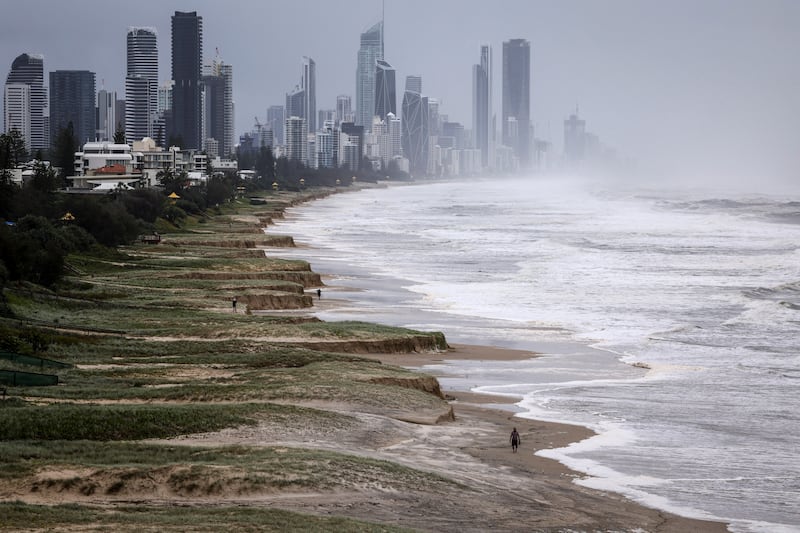

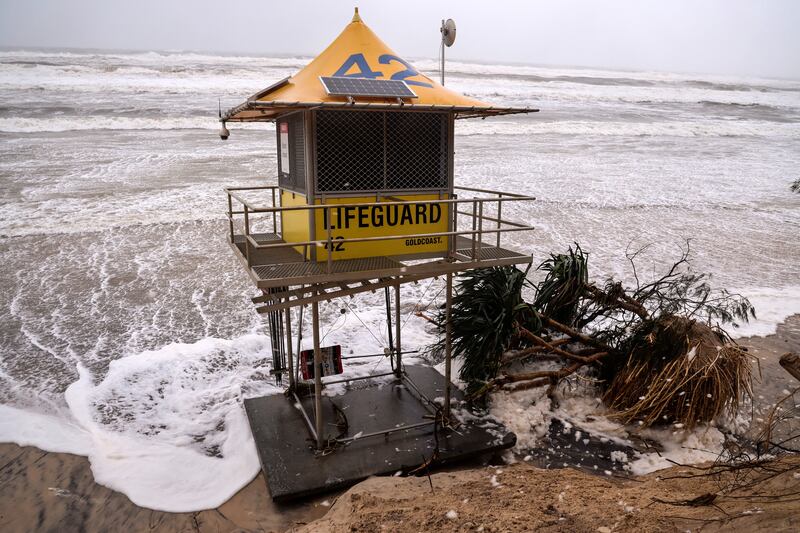


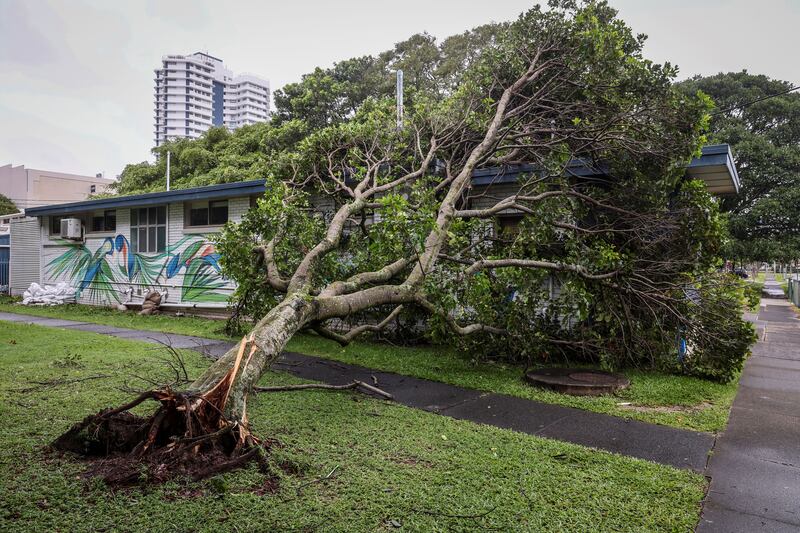
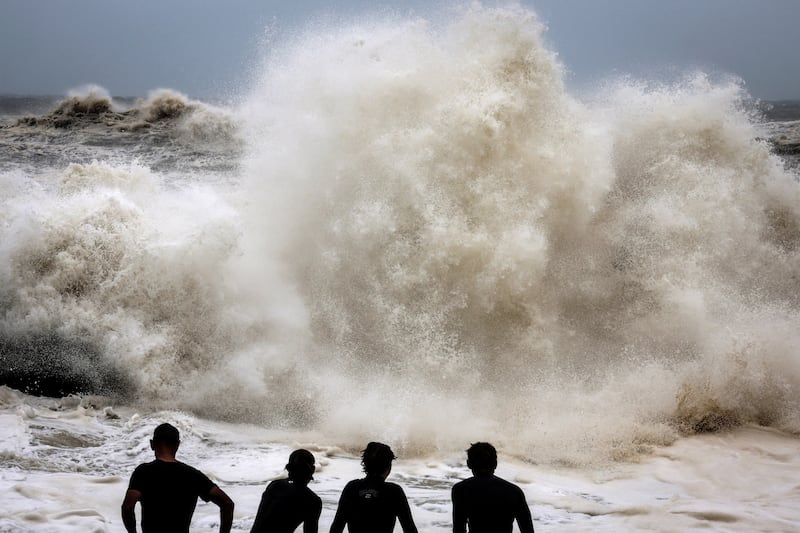
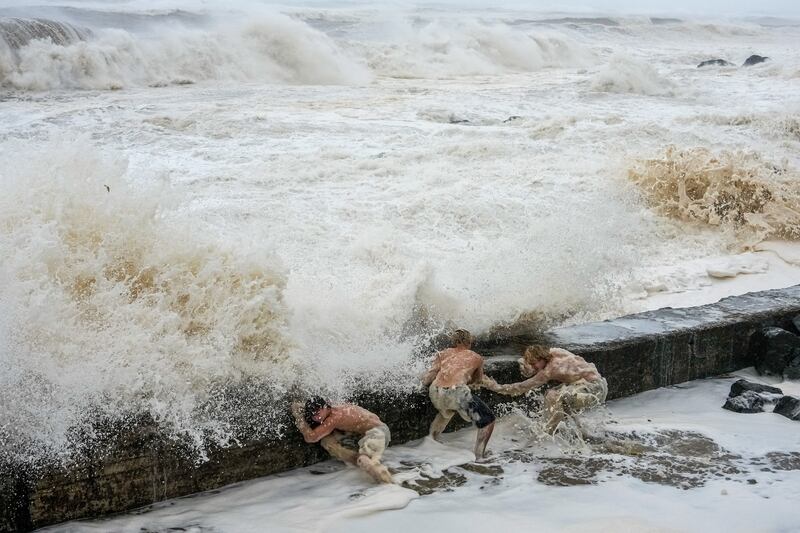
Mr Albanese told reporters that 120 defence personnel would help emergency crews in rescue and relief efforts.
Heavy rains dumped more than 400mm of rain in some parts of northern New South Wales over the last 48 hours, exceeding the mean total for March, data showed, as residents scrambled to save properties from the risk of floods.
Brisbane Airport shut operations on Thursday and the city suspended public transport. More than 1,000 schools in southeast Queensland and 280 in northern New South Wales have been closed.
Officials have described Alfred as a “very rare event” for Brisbane, the capital of Queensland, which was last hit by a cyclone more than half a century ago in 1974. The city of about 2.7 million had near misses from cyclones in 1990 and 2019.
New South Wales business owner Thomas Gough was busy stacking sandbags at his shop in Lismore, a rural town about 700km north of Sydney, which was devastated by major floods in 2022.
“It’s a beautiful place to live most of the time, but it feels like we have one-in-100-year events every five years - there’s nothing we can do about it,” Mr Gough told broadcaster ABC News. - Reuters














